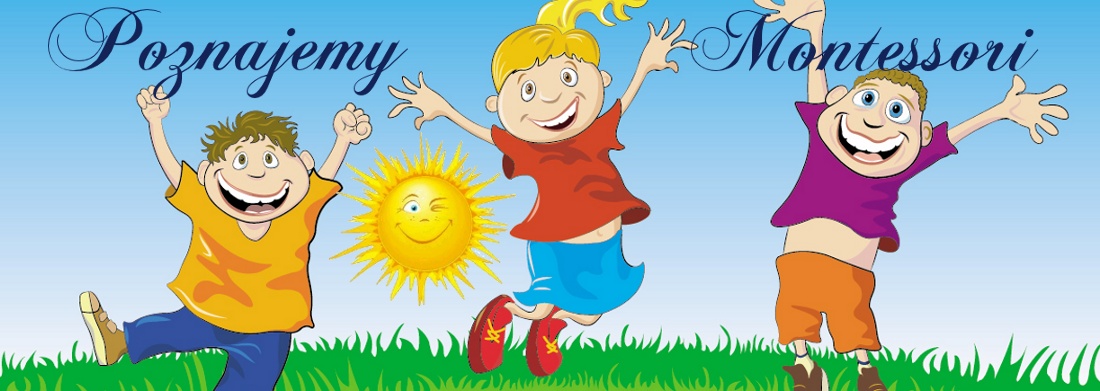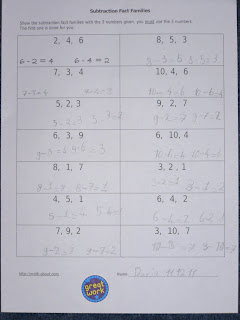English version below
Większość dzieci emigrantów, takich jak my są wychowywane w jednym niż jeden język. Niektórzy uczą się dwóch języków od swoich rodziców, a inni zaczynają przygodę z drugim lub trzecim językiem, gdy idą do szkoły bądź przedszkola. Dziecko może posługiwać się płynnie wszystkimi językami równie dobrze lub preferować jeden z nich. Każda sytuacja jest osobliwa.
Jeśli wychowujesz dziecko jako dwujęzyczne, uważam się najlepsze metodą jest, aby każdy z rodziców mówił tylko i wyłącznie używając swojego ojczystego języka. Pozwala to dziecku na odseparowanie języków. Nie martwcie się jeśli dzieci, szczególnie młodsze w jednym zdaniu potrafią używać sformułowań z dwóch języków. To się samo wyklaruje później. Igor obecnie tak robi. Używa tego słownictwa które jest łatwiejsze do wymówienia. Jednocześnie jest świadomy które słowo należy do słownictwa taty a które do mamy a które jeszcze pochodzi z angielskiego. Czasami chodzi sobie i mruczy pod nosem. mama - DA, tata - TAK, tata - zegar, mama czasi.
Jeśli jeden z języków dziecka jest tym, który będzie używany w szkole, wtedy bardzo szybko zostanie przyswojony i dziecko nauczy się czytać bez dodatkowej pomocy z zewnątrz.
Dzieci dwujęzyczne są zazwyczaj bardziej uwrażliwione językowo niż inne dzieci. Badania naukowe dowodzą, że dzieci dwujęzyczne uczą się szybciej, zwłaszcza gdy obydwa języki używają tego samego alfabetu. (U nas dochodzi cyrylica). Najlepsze metodą na pomoc dziecku dwujęzycznemu jest, mówienie do niego, czytanie mu książek, zadbanie o to aby miało dostęp do audycji radiowych i telewizyjnych -- jednocześnie we wszystkich językach jakimi się posługuje. Pamiętajcie, że do wieku siedmiu lat dzieci uczę się języka najszybciej. (do 3 lat jeszcze bardziej intensywnie).
Jeśli język którego używacie w domu nie jest tym używanym w szkole, mam tu kilka rad aby wspomóc dziecko:
- Spędzajcie czas z dzieckiem czytając mu w ojczystym języku - to bardzo ważna część tego kim ono jest.
- Pokazujcie pozytywy drugiego języka.
- Zadbajcie o posiadanie książek w obydwu językach
- Dbajcie o oto aby dziecko opowiadając o szkole i znajomych używało waszego języka a nie obcego. (Będzie mu z czasem brakowało słownictwa, podpowiadajcie i wymagajcie aby powtórzyło poprawnie)
Daria posługuję się płynnie w trzema językami, czyta pisze i mówi: Polski od taty, rosyjski od mamy, i angielski ze szkoły. Do tego w szkole mają zajęcia z irlandzkiego. Rok temu zapisaliśmy ją na dodatkowe zajęcia z hiszpańskiego i francuskiego. Pół godziny po szkole raz w tygodniu. Okazało się po 3 miesiącach, że Daria nauczyła się sama 20 lekcji do przodu słuchając CD i czytając książkę. Zaczęła nudzić się na kursie. Byliśmy zmuszenie zareagować i poprosić nauczycieli o zajęcia indywidualne. Od roku ma raz w tygodniu korepetycje z francuskiego i od tej jesieni z hiszpańskiego. Bawi się świetnie.
Jako podsumowanie mojego posta napisze: Nie zabraniajcie waszym dzieciom dostępu do wiedzy. Wykorzystujcie ich potencjał.
********************************************************
The majority of
immigrants' kids are raised in multilingual society. Some of them
learn two languages from their parents, others start their journey
with second or third language in the school. The child may use fluently
all the languages or may prefer one of them. Each situation depends
on the family.
If you are growing the
bilingual child, I consider, the best way is, that both parents are
using only their native language. It allows the child to separate the
two languages. Don't be worried if at the beginning your child uses
words from two languages in one sentence. It changes with time.
Igor does it now. He uses vocabulary from that language which one is more easy for him.
At the same time he is conscious which word actually belongs to dad's vocabulary,
which is mum's and which comes from English.
Bilingual children are
usually more sensitive to language than others. Research show that
they learn faster, especially when both languages use the same
alphabet. ( We have Cyrillic in addition in Russian) The best method to help
your bilingual child with learning is to read books to the child in both languages, making sure they
have access to CD's and TV in all languages at the similar level.
Remember that your child learns languages better before the age of 7, and
best by the age of three.
If language which you speak
is not that one school uses I have advice:
- read to the child in your
language
- show the advantages of the
second language
- have books in both
languages
- ask your child to speak
about what happened in school only in your language. If there is lack
of words, tell him what he should say and ask to repeat correctly.















































